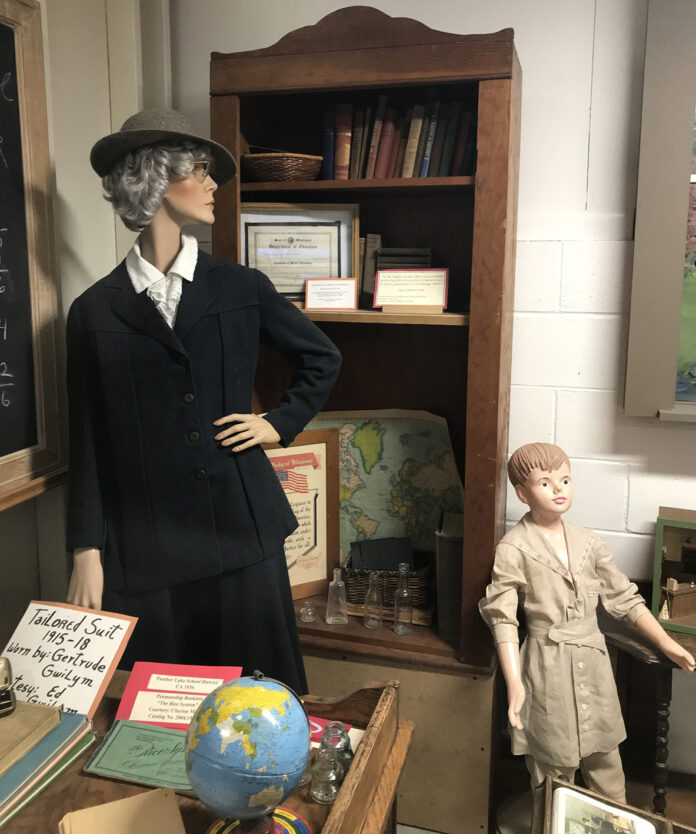

Spring break should include outings like visiting a museum. Northwest Carriage Museum in Raymond, WA., offers a dizzying array of much more than modes of transportation. Their antiquities include a 12-point list of “Rules for Teachers” and 18 “Punishments” for children who break school rules.
Top of the list for teacher mandates is “You will not marry during the term of your contract.” That rule is followed by “You are not to keep company with men” and “You may not ride in carriages or automobiles with any man except your father or your brother.”
Rules in 21st century school districts do not allow smoking on school grounds, but the Carriage Museum’s “not to do” list goes beyond smoking. For teachers, it includes not loitering at the downtown ice cream store or traveling beyond city limits without permission of the school board. Three dress codes listed for teachers were: don’t wear bright colors, don’t wear a dress shorter than two inches above the ankle, and wear at least two petticoats. A code addressing hair care said, “You may under no circumstances dye your hair.”
Children who broke school rules were punished with “lashes” (a sharp slap with a rope or a whip). Two different offenses required 10 lashes: playing cards at school and misbehaving to girls. While a child would get eight lashes for swearing at school, seven were administered for “doing any mischief” and “telling lies.” Calling other children liars
only got four whippings. Girls going to boys’ play places and boys going to girls’ places received equitable punishment, three lashes whether you were male or female.
The list of 18 rules for kids also doles out two lashes for “coming to school with dirty faces and hands” or “wearing long fingernails”. Of course, scuffling, wrestling, fighting, quarreling, gambling and betting were no-nos. Parents in Washington State would need to pay attention to math and playground rules if a Cedar tree was growing nearby. Their child could receive one lash for “climbing for every foot over three feet up a tree.” Corporal punishment was widely used in schools during the 19th and 20th centuries. In 1820, whipping women became illegal.
These two documents, Rules for Teachers and Punishments, come courtesy of Northwest Carriage Museum in Raymond.








